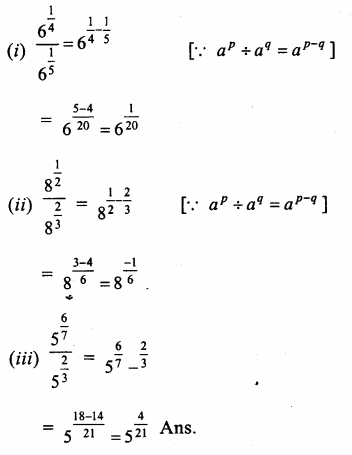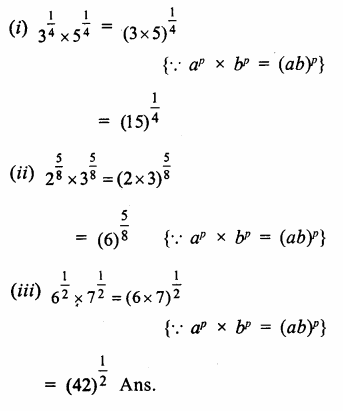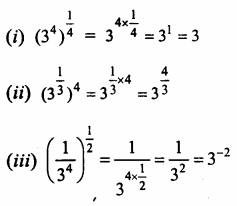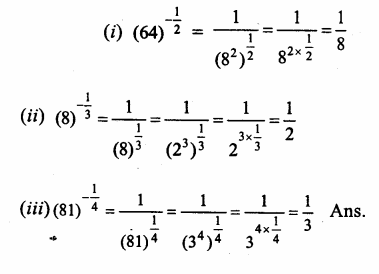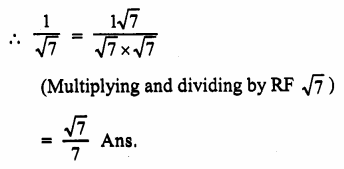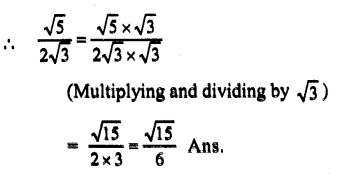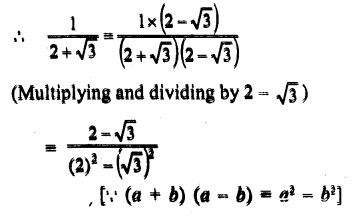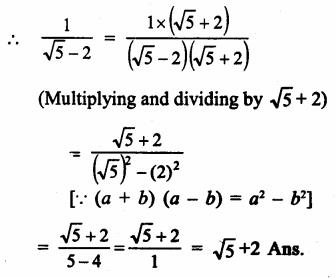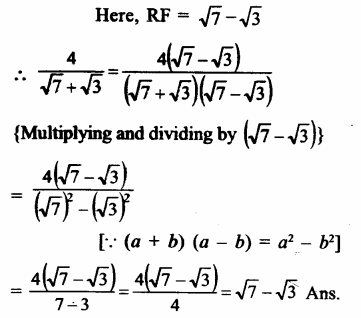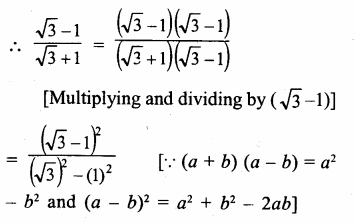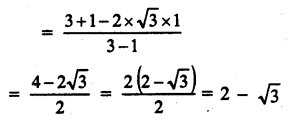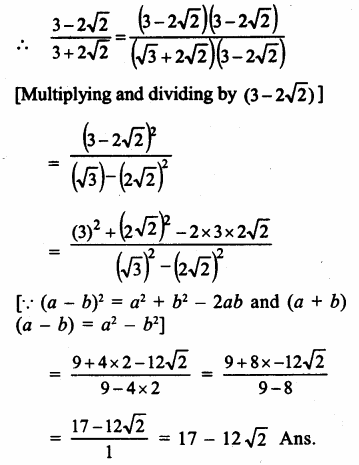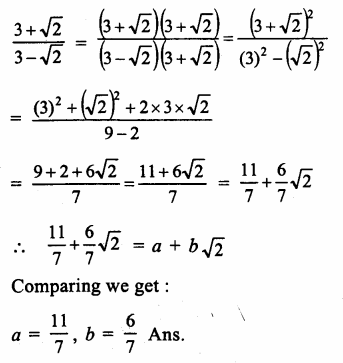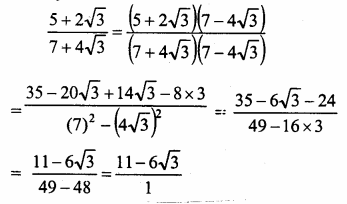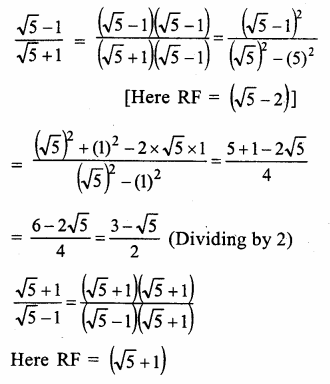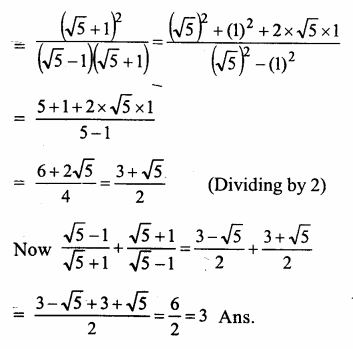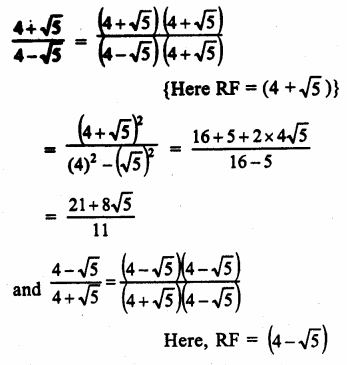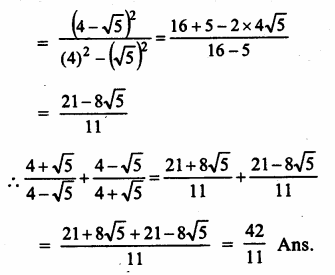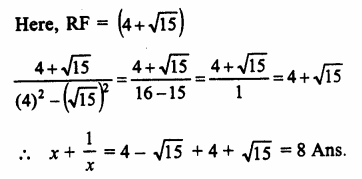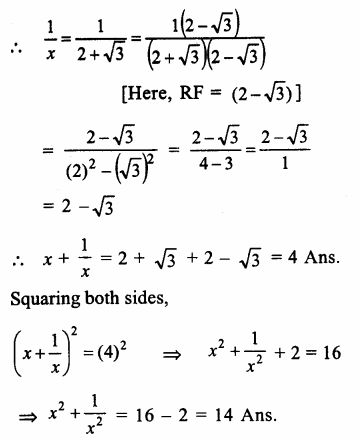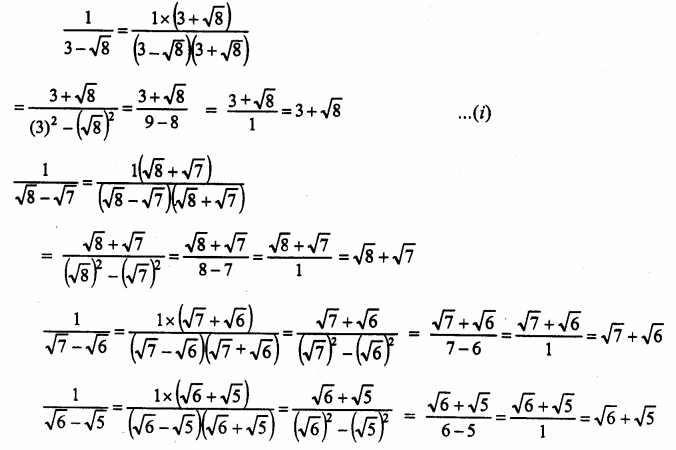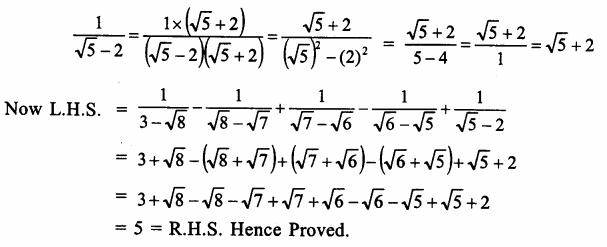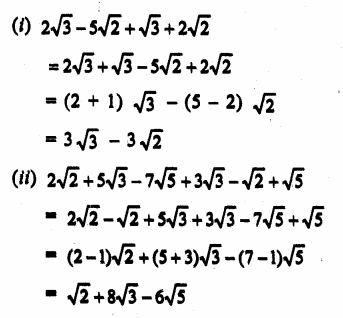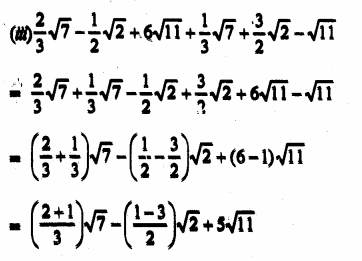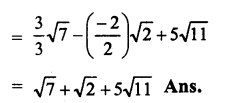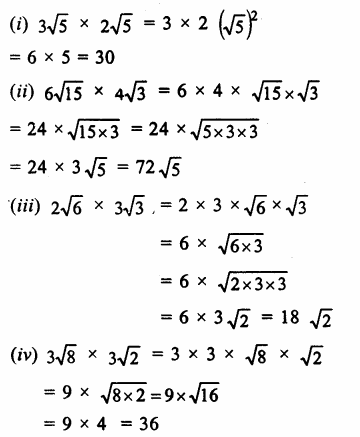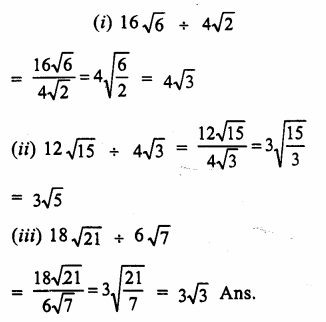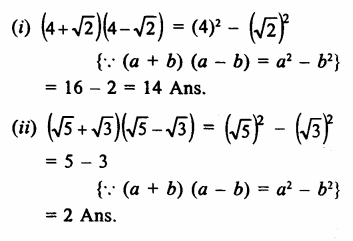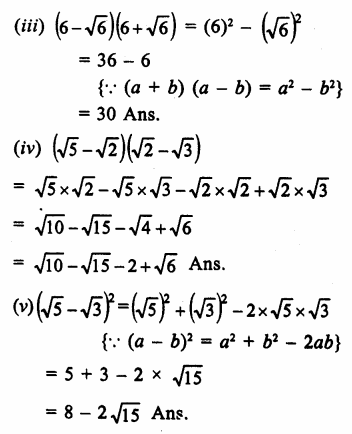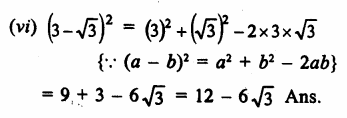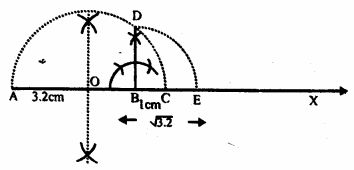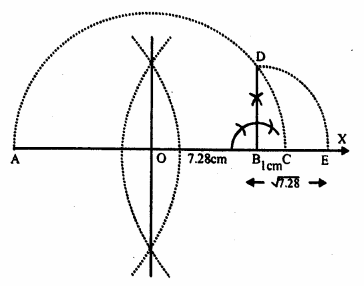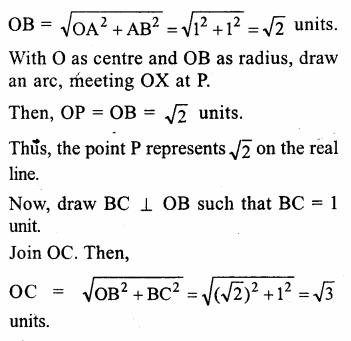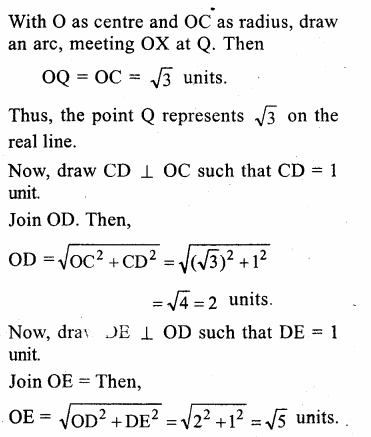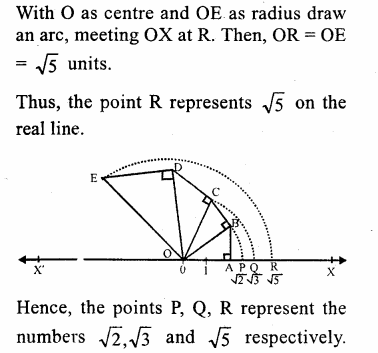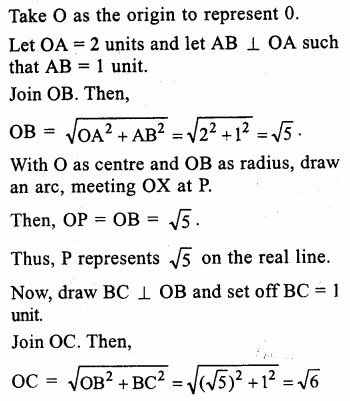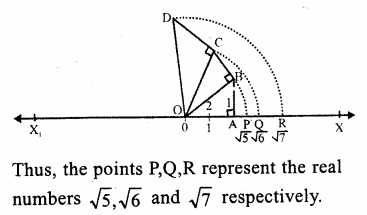RS Aggarwal Class 9 Solutions Chapter 2 Polynomials Ex 2A
These Solutions are part of RS Aggarwal Solutions Class 9. Here we have given RS Aggarwal Solutions Class 9 Chapter 2 Polynomials Ex 2A.
Other Exercises
- RS Aggarwal Solutions Class 9 Chapter 2 Polynomials Ex 2A
- RS Aggarwal Solutions Class 9 Chapter 2 Polynomials Ex 2B
- RS Aggarwal Solutions Class 9 Chapter 2 Polynomials Ex 2C
- RS Aggarwal Solutions Class 9 Chapter 2 Polynomials Ex 2D
- RS Aggarwal Solutions Class 9 Chapter 2 Polynomials Ex 2E
- RS Aggarwal Solutions Class 9 Chapter 2 Polynomials Ex 2F
- RS Aggarwal Solutions Class 9 Chapter 2 Polynomials Ex 2G
- RS Aggarwal Solutions Class 9 Chapter 2 Polynomials Ex 2H
- RS Aggarwal Solutions Class 9 Chapter 2 Polynomials Ex 2I
- RS Aggarwal Solutions Class 9 Chapter 2 Polynomials Ex 2J
- RS Aggarwal Solutions Class 9 Chapter 2 Polynomials Ex 2K
Question 1.
Solution:
(i) x5-2x3+x+7 is a polynomial and its degree is 5
(ii) y3-√3y is a polynomial and its degree is 3
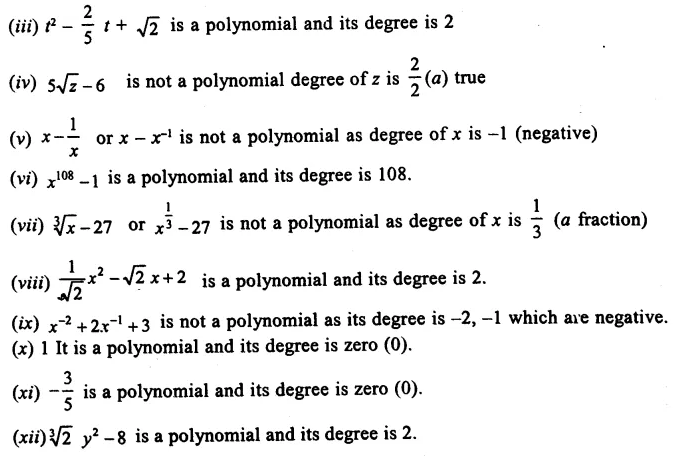
Question 2.
Solution:
(i) Degree is 1
(ii) degree is 3
(iii) degree is zero
(iv) degree is 7
(v) degree is 10
(vi) degree is 2
Question 3.
Solution:
(i) Coefficient of x3 is -5.
(ii) Coefficient of x is -2√2
(iii) Coefficient of x2 is \(\frac { \pi }{ 3 } \)
(iv) Coefficient of x2 is 0
Question 4.
Solution:
(i) Example of a binomial of degree 27 is 4x27 – 5
(ii) Example of a monomial of degree 16 is x16
(iii) Example of trinomial of degree 3 is 2x3 + 7x + 4
Question 5.
Solution:
(i) 2x2 + 4x is a quadratic polynomial. (Degree 2)
(ii) x – x3 is a cubic polynomial (Degree 3)
(iii) 2 – y – y2 is a quadratic polynomial (Degree 2)
(iv) – 7 + z is a linear polynomial (Degree 1)
(v) 5t is a linear polynomial (Degree 1)
(vi) p3 is a cubic polynomial (Degree 3)
Hope given RS Aggarwal Solutions Class 9 Chapter 2 Polynomials Ex 2A are helpful to complete your math homework.
If you have any doubts, please comment below. Learn Insta try to provide online math tutoring for you.


